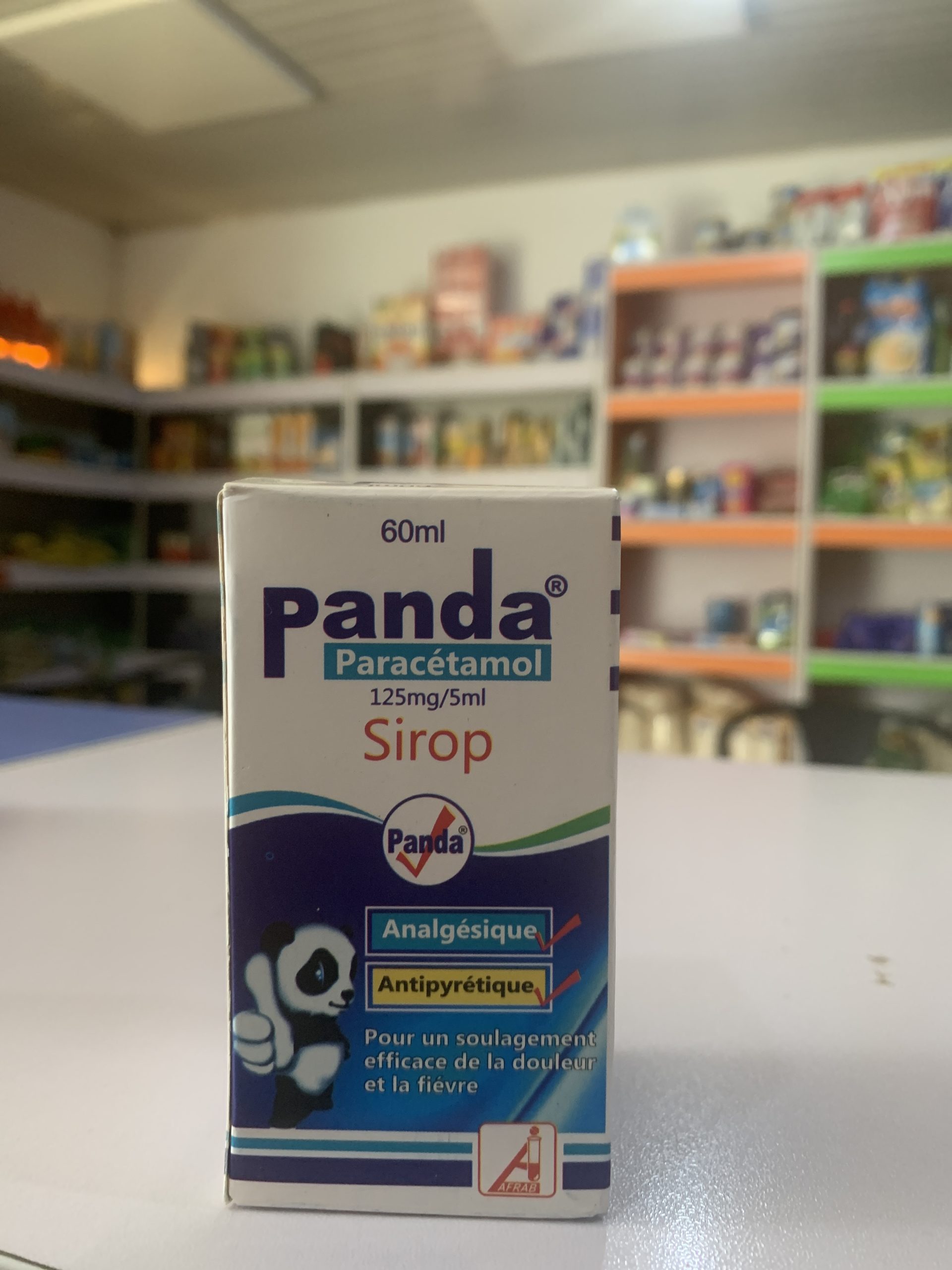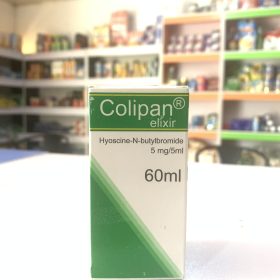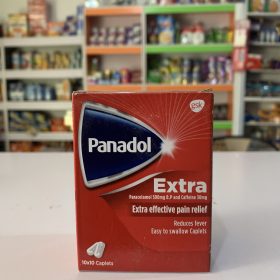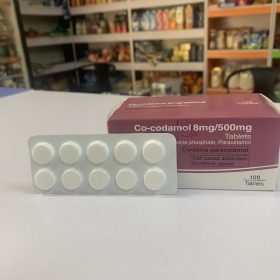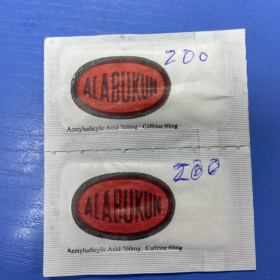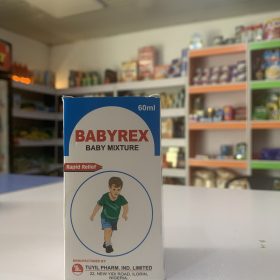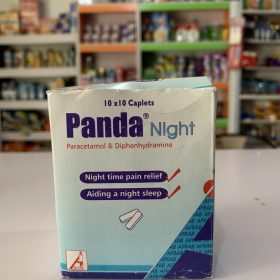- Your cart is empty
- Continue Shopping

Product
Panda
₦0
Paracetamol – Common Pain and Fever Reliever
Paracetamol, also known as acetaminophen in some regions, is a widely used medication for relieving pain and reducing fever. It is a non-prescription drug available in various forms, including tablets, capsules, syrups, and suppositories, and is commonly used to alleviate symptoms associated with headaches, muscle aches, menstrual pain, and fever.
Description: Paracetamol is a medication belonging to the class of analgesics (pain relievers) and antipyretics (fever reducers). It works by inhibiting the production of chemicals called prostaglandins in the brain that contribute to pain and fever. By reducing these chemicals, paracetamol helps in alleviating pain and lowering body temperature.
Paracetamol is often used for the relief of common conditions, such as headaches, toothaches, muscle aches, and menstrual pain. It is also widely used to reduce fever, particularly in cases of flu or other infections. Unlike nonsteroidal anti-inflammatory drugs (NSAIDs) like ibuprofen, paracetamol does not have significant anti-inflammatory effects.
Directions for Use:
- Dosage: Follow the recommended dosage instructions provided on the packaging or as prescribed by a healthcare professional. Dosage varies based on age, weight, and the specific formulation of paracetamol being used.
- Administration: Paracetamol is usually taken orally with a full glass of water. Some formulations, such as suppositories, are administered rectally.
- Timing: It can be taken with or without food, but it’s important to follow the specified dosing intervals to avoid overdose.
- Caution: Avoid exceeding the recommended dosage, as excessive use can lead to liver damage.
- Storage: Store paracetamol in a cool, dry place away from direct sunlight and out of reach of children.
Caution:
- Consult a healthcare professional before using paracetamol, especially if you have liver disease, alcohol dependence, or are taking other medications, as it can interact with certain drugs.
- Do not combine paracetamol with other medications containing paracetamol to prevent accidental overdose.
- If an overdose is suspected (symptoms may include nausea, vomiting, loss of appetite, confusion, or unusual tiredness), seek medical attention immediately, even if there are no symptoms, as overdose can cause severe liver damage.

